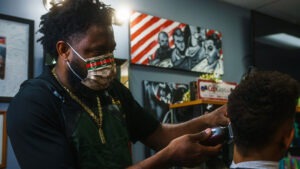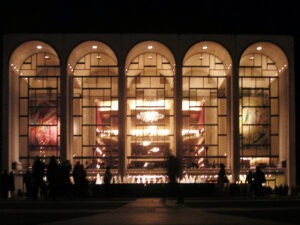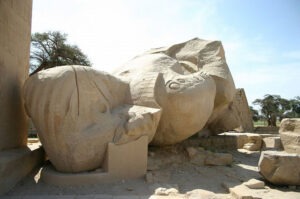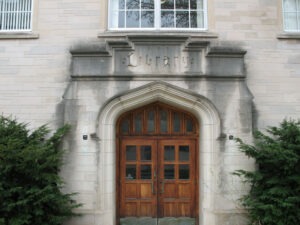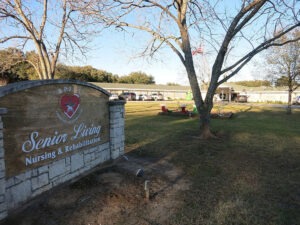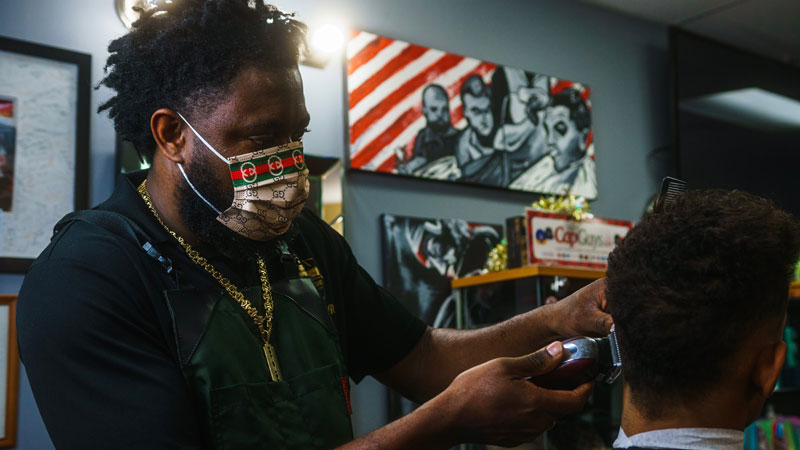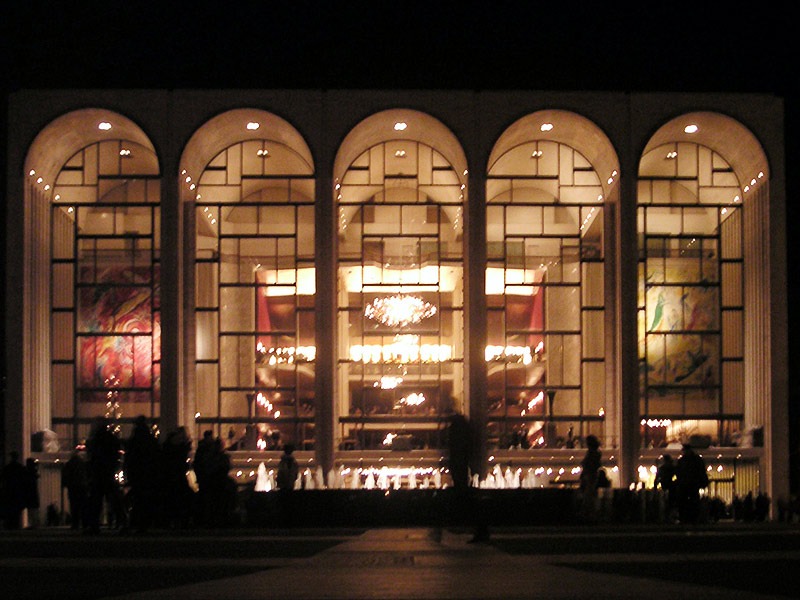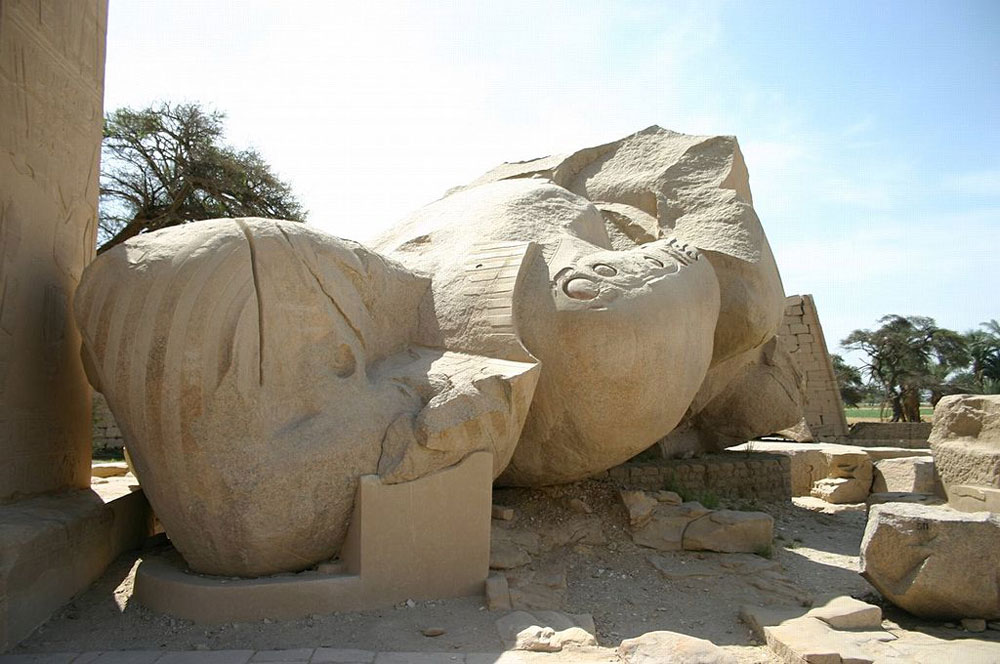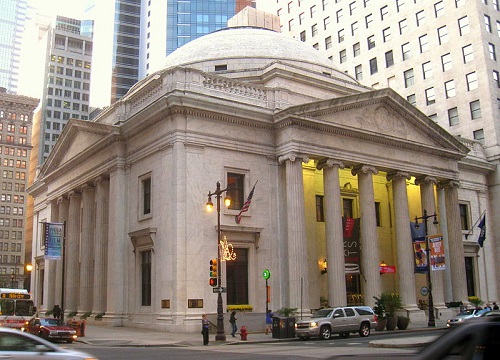
March 10, 2015; Philadelphia Inquirer
Last July, NPQ reported on the decision to shutter the Prince Music Theater in Philadelphia, a decision taken by the board after its chair and chief fundraiser Herb Lotman passed away and its future as a presenting arts organization seemed untenable. This was not the first time the venue had been closed, but it seemed like it might be the last. Until last week, when the Philadelphia Film Society (PFS) announced that it had purchased the building, thanks to an $8 million gift from the Wyncote Foundation.
The Prince brought performing arts acts to town and the venue was used by many local arts organizations, including PFS. In recent years, the venue, with its 450 seats, the largest screen in the city, and a 150-seat black-box theater, was valued by the arts community as a multi-use facility. But the building dates back to 1921, when it opened as the Karlton, a second-run movie house. In 1950, it was renovated and reopened as the first-run Midtown movie theater, which closed in 1995. It was reborn in 1999 as the Prince Music Theater and, as described by Steven Rea in the Philadelphia Inquirer, “Ever since, in lurching fashion, it has been home to plays, concerts, opera, comedy and the occasional big-event movie premiere.” In 2010, the organization declared bankruptcy and the theater was sold at auction and leased to a successor organization—the one chaired by Lotman.
The Prince had become a key venue for the annual Philadelphia Film Festival, presented by PFS. And while only about 15 percent of festival offerings were screened there, they tended to be the highest-profile films, accounting for as much as 30 percent of overall attendance, according to PFS executive director Andrew Greenblatt. For example, in 2009, Precious debuted at the Prince, with director (and Philadelphia native) Lee Daniels and star Gabourey Sidibe in attendance. With only a limited number of cinemas in the city, presenting a major film festival without the Prince seemed almost unimaginable to Greenblatt. Now that that problem has been solved, the challenge is to make the venue work again, with a fresh business model that emphasizes film, but welcomes other art forms.
{loadmodule mod_banners,Ads for Advertisers 3}
Sign up for our free newsletters
Subscribe to NPQ's newsletters to have our top stories delivered directly to your inbox.
By signing up, you agree to our privacy policy and terms of use, and to receive messages from NPQ and our partners.
The plan is to maintain the Prince as a mixed-use facility, with an increase in film screenings and film-related events throughout the year. PFS also hopes to attract some of the region’s niche film festivals—like the Jewish Film Festival and the Asian American Film Festival—to the smaller upstairs venue. And they plan to book summer blockbusters, like Jurassic World and the new Mad Max, that typically run in larger movie houses on the edges of the city or in the suburbs, allowing center city residents to stay close to home. PFS also operates the smaller, two-screen Roxy Theater several blocks west of the Prince.
“We’re going to show a good amount of film, both first-run and curated, and of course the festival,” Greenblatt explained. “And then it will be a rental place for everybody else. Concerts, comedy, live musical performances, dramatic performances, et cetera. We hope to have the place really, really busy—we want a lot of people there.”
One of the reasons mentioned for putting film front and center in the new business model is the scarcity of dedicated movie screens in downtown Philadelphia—only 14. The Prince has both digital and 35mm projection systems to go along with its giant screen. But the venue also provides a mid-sized theater space—as well as the smaller black-box theater—that other local arts groups have long found to be attractive and affordable and will likely continue to rent for one-off presentations or series of events.
David Haas of the Wyncote Foundation, a leading funder of the arts in the Philadelphia region, made it possible for PFS to acquire the Prince because the mixed-use model has the potential to simultaneously further the arts and film communities. But he also sees the potential to elevate film as an art form: “Film is seen not as much as a traditional art form by foundations, but it really is,” he said. “In the long term, the work that the film society can create is to have a film space as diverse as the people who make film locally and around the world.”
The purchase was completed without creating any debt for PFS, although the film group will soon begin raising money for cash reserves and an endowment, as well as anticipated capital needs such as a new HVAC system.—Eileen Cunniffe


